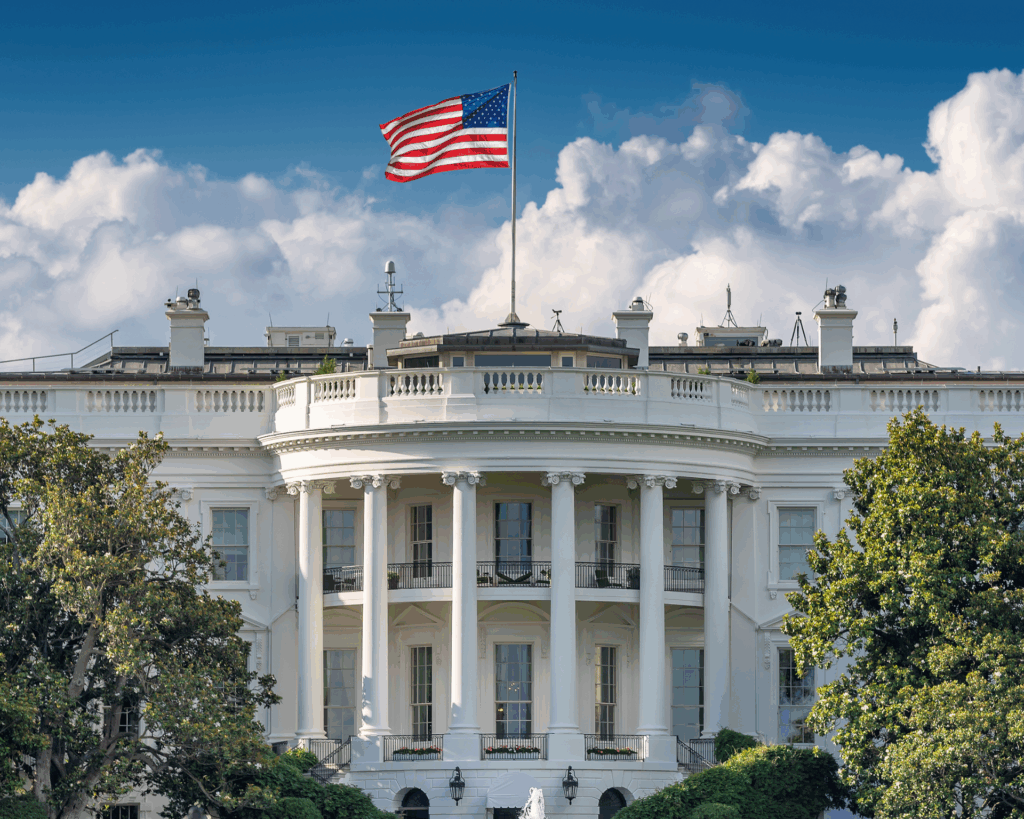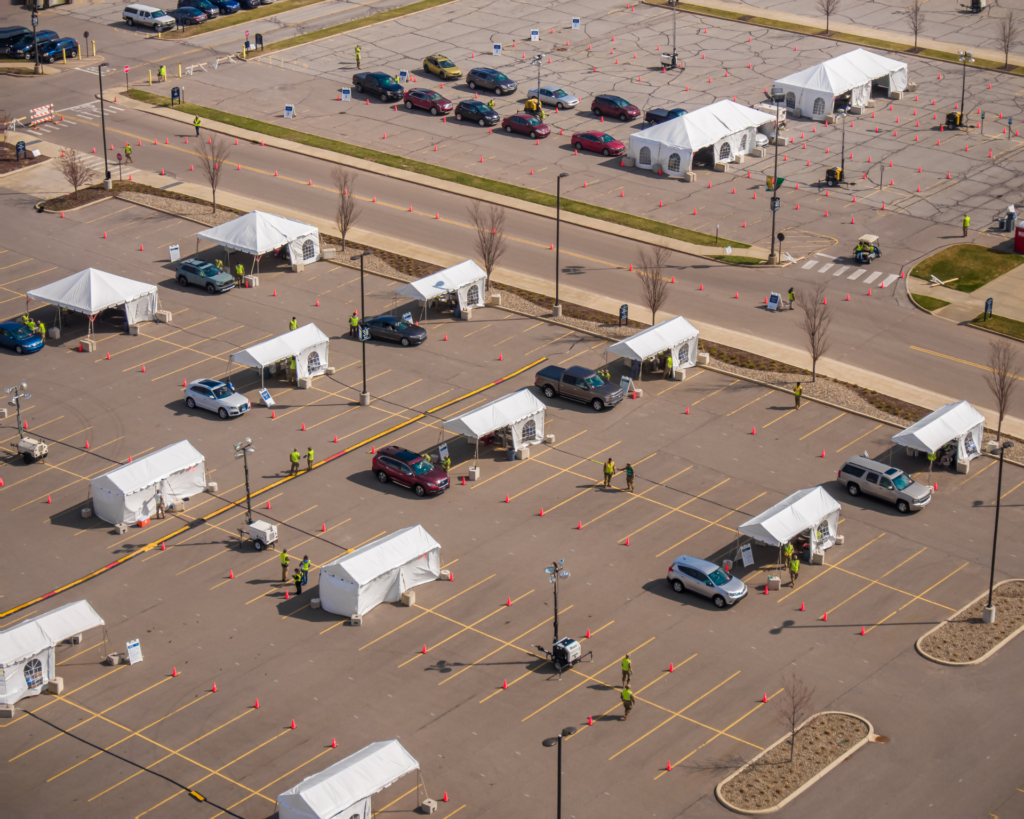Cultural Cycle Track
Local cities or funding institutions should give out small business loans to locals to own and operate the businesses beside the cycle track.

Read Time: 4 minutes
Published:
Bike environments in urban areas influence the safety of cyclists. These environments include different types of bike lanes, barriers between the cars and bikes, timing of traffic lights, signs, color of the bike lane surface, overhead lighting, painted symbols on the road, and the surroundings through which the bicyclist is passing. With all of these design opportunities, perhaps income, race, gender, age, and economic development should be the new principles for location and design of the bike environment.
Lower-income communities have fewer state-of-the-art bicycle facilities. Compared with White bicyclists, more African American bicyclists receive tickets or are stopped by police. Women have less length strength and their bicycle can weigh more, increasing their time to pedal through an intersection. Young, fit males have written the design guidelines for the nation’s road-sharing bicycle facilities and these facilities reflect their perceptions and riding skills. White entrepreneurs often purchase businesses adjacent to a new barrier-protected cycle track, gentrifying the neighborhood and driving out the original residents.
The current bicycle facilities in the US have followed transportation guidelines that include engineering elements of painted lines, stencils, delineator posts, signs, and traffic signals. To understand how to design equitable bicycle environments, we asked individuals in the lower-income ethnic-minority neighborhoods of Roxbury, Mattapan, and Dorchester in Boston to rank and discuss the crime and crash risk in 32 pictures of different types of bicycle facilities.
To have these desired bike environments in a lower-income ethnic-minority community and to deter White gentrification, local cities or funding institutions should give out small business loans to locals to own and operate the businesses beside the cycle track.
We recruited two types of respondents: those with “community sense’ (members of churches, community organizations, or YMCAs) or a “street sense” (residents of homeless shelters or halfway houses or street-savvy young people). The street sense individuals offered key insights because they could see environments that might invite crime. Their comments revealed information that is not in the current bicycle transportation guidelines or part of the Crime Prevention through Environmental Design principles.
In terms of vulnerability to crime, the participants identified two-way, barrier-protected cycle tracks running beside sidewalks as safest from crime. Shared-use paths that pass through parks were the least safe option. When describing risk for crashes, participants thought the shared-use paths and two-way cycle tracks were safest and the road the least safe.
We also asked about the best bicycle surfaces for avoiding crime and crashes. Participant associated safety from crime with wide two-way cycle tracks with clean lines, a bicycle stencil, and a stenciled arrow to indicate the direction to bike. The best surface for lowering the risk of crashing was a red two-way cycle track with a clear median to keep cars out, bike stencils, and arrows.
The findings from this study suggest the construction of wide, red, barrier-protected cycle tracks along main streets in lower-income ethnic-minority neighborhoods. The best surrounding environments to reduce crime revealed preferences for balconies or windows that overlooked a wide cycle track with good lighting during the day and night, adjacent cafes with seated customers, high-end stores, many little shops, trees with the lower branches removed, flowers, and nice plants. The best surrounding environment for reducing crashes had many witnesses, not many cars, no bus stops, clear paint, and bicycle signals.
Streetlights shining on the cycle track would improve safety and cast a warm light on the riders. Bicycle stencils and directional arrows would guide bicyclists in right-way riding to lessen ticketing. The timing of bicycle signals would provide sufficient time for all bicyclists, no matter their gender or age, to get across.
To have these desired bike environments in a lower-income ethnic-minority community and to deter White gentrification, local cities or funding institutions should give out small business loans to locals to own and operate the businesses beside the cycle track. In communities like Roxbury, Mattapan, and Dorchester, the cycle track along the historic cultural corridors would be a magnet for all bicyclists to shop, eat, lean on their bikes talking, and help the locals become self-made entrepreneurs.
Photo by Tiffany Nutt on Unsplash




